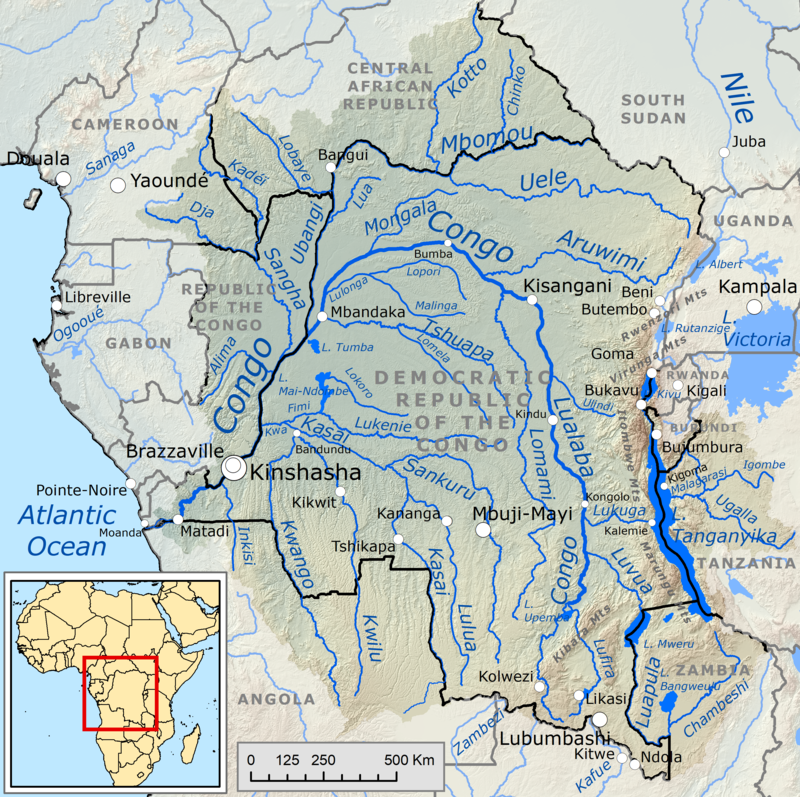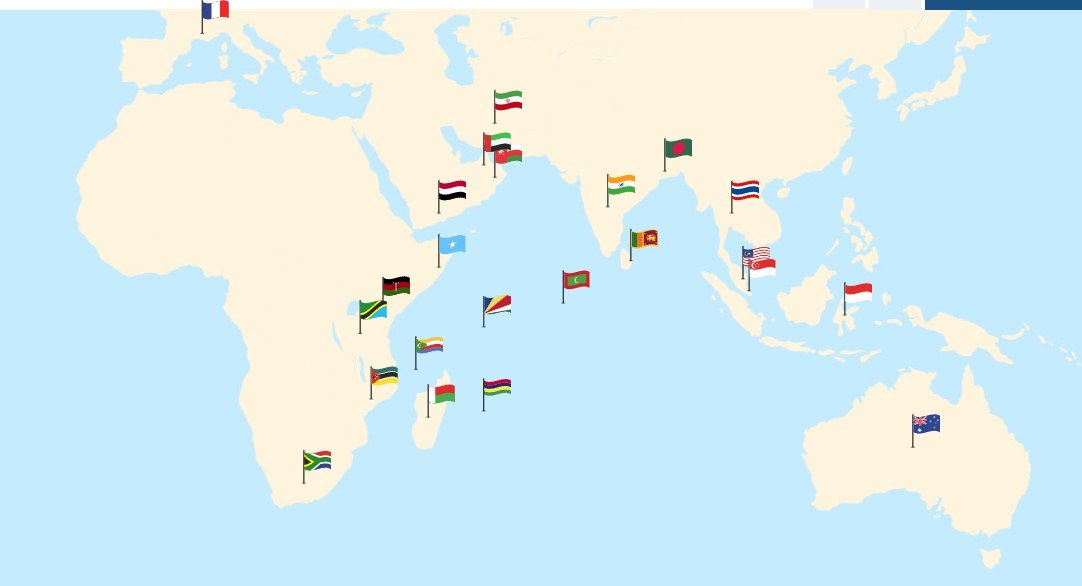
The Ancient Monuments and Archaeological Sites and Remains Act, 1958
Subscribe to Never Miss an Important Update! Assured Discounts on New Products!
Must Join PMF IAS Telegram Channel & PMF IAS History Telegram Channel
- Context (IE I TP): The 359th report on the functioning of the Archaeological Survey of India was prepared by the department-related Parliamentary Standing Committee on Transport, Tourism & Culture.
- The committee observed that many of the 3,691 Centrally Protected Monuments (CPMs) are “minor” monuments with no national significance.
- The report calls for prioritising monuments with national significance, as minor structures (75 colonial-era graves of limited heritage value) receive the same protection as iconic sites like the Taj Mahal.
Ancient Monuments and Archaeological Sites and Remains Rules 1959 (AMASR Act)
- The AMASR Act prohibits construction within a 100-meter radius of protected monuments.
- An additional 200-meter radius beyond the prohibited area is considered regulated, where construction is allowed but only with the approval of the National Monuments Authority (NMA).
Restrictions around monuments leading to public inconvenience
- In some cases, the entire village falls within a 300-meter radius of a monument, making house repairs difficult for residents.
- There have also been instances where this rule came in the way of infrastructural projects and real-estate development, as it applies equally to significant and insignificant monuments.
Removal of Monument from Centrally Protected Monuments (CPM) list
- The List of Protected Monuments is governed by the AMASR Act, which safeguards structures and locations aged over 100 years, including temples, burial grounds, milestone markers, etc.
- To remove specific monuments from the CPM list, an amendment to the AMASR Act is required.
AMASR (Amendment) Bill
- The government plans to bring the AMASR (Amendment) Bill with “an aim to redefine monuments and rationalise the use of the area around the protected monuments”.
- The rules will be relaxed for smaller monuments like statues, cannons, etc., but will be retained for UNESCO World Heritage Sites nationwide.
Bifurcation of Archaeological Survey of India (ASI)
- The committee highlighted that 14% of CPMs had faced encroachments, with only nine encroachments successfully removed since 2015 by ASI.
- It recommended bifurcating the ASI’s responsibilities based on cerebral and managerial functions.
- The ASI would focus on core duties like exploration, excavation, and conservation.
- While the India Heritage Development Corporation (IHDC) would manage revenue-related aspects, such as ticket collection and auctions.
- This bifurcation aims to enhance the management & efficiency of preserving India’s cultural heritage.
National Monuments Authority (NMA)
- The National Monuments Authority (NMA) is a statutory body (Ministry of Culture) that has been set up as per the AMASR (Amendment and Validation) Act, 2010.
- Several functions have been assigned to the NMA, i.e., management of the prohibited and regulated areas around the CPMs and Monuments.
- One of the NMA’s responsibilities is to consider granting permissions to applicants for construction-related activity in the prohibited and regulated area.
- It also makes recommendations to the Central Government for grading and classifying protected monuments and protected areas declared as of national importance.
Archaeological Survey of India (ASI)
- The Archaeological Survey of India (ASI) is a statutory body (Ministry of Culture) under the AMASR Act 1958 for archaeological research and protection.
- It was founded in 1861 by Alexander Cunningham, who also became its first Director-General.
- It also regulates the Antiquities and Art Treasure Act 1972.
Difference between NMA AND ASI Roles
- The NMA is primarily responsible for protecting and preserving monuments and sites, while the ASI is responsible for archaeological research, conservation, and preservation of monuments.




![PMF IAS Environment for UPSC 2022-23 [paperback] PMF IAS [Nov 30, 2021]…](https://pmfias.b-cdn.net/wp-content/uploads/2024/04/pmfiasenvironmentforupsc2022-23paperbackpmfiasnov302021.jpg)











